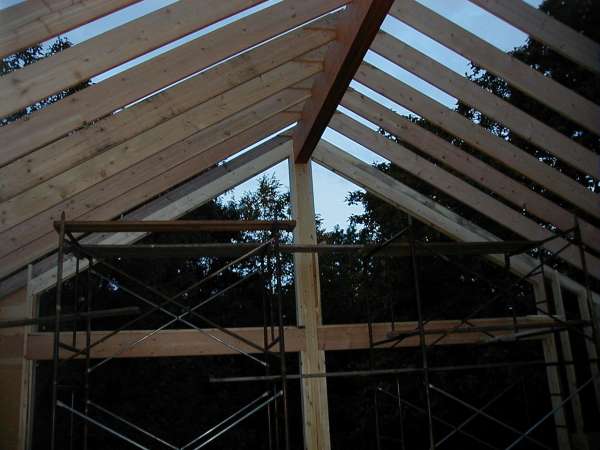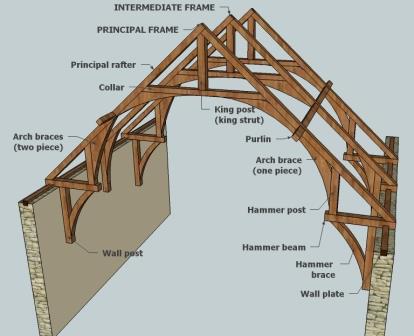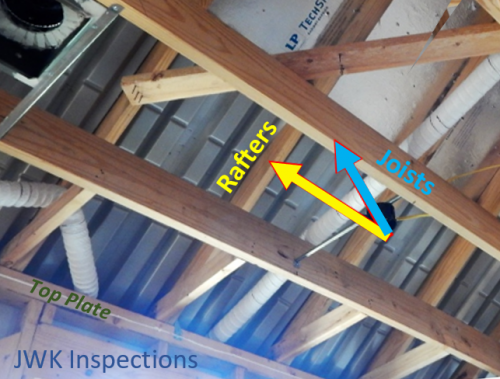Removing Horzontal Beams From Hip Roof

4 but at a lower level.
Removing horzontal beams from hip roof. Once a roof spreads its impossible to correct and would require the entire thing to be stripped and replaced. Construction beams are horizontal weight bearing supports that bridge an area. The trick in framing a vaulted ceiling is figuring out what to do with the ceiling joists. Static 6 jun 2011 7.
If you don t have sufficient space above the room then a contractor has to raise the roof in order to elevate the ceiling. They make the surrounding walls taller often by adding taller support beams. It typically involves removing horizontal beams called joists and installing a new ceiling. Without it the weight on the roof will cause the rafters to flatten particularly at the center of the span and bow the wall out where the rafters connect to the wall plate and ultimately fail.
Stick with the se s advice put in some steels and support the roof. Along with posts and columns which are the beams vertical counterparts they support the structural integrity of all sorts of buildings. Tie down fixings tie down fixings are used to resist uplift and shear forces lateral loads in floor framing wall framing and roof framing. But to answer your first question no you cant just remove the horizontal timbers as they are probably collar ties stopping your roof spreading.
A structural ridge beam is a horizontal beam placed at the peak or ridge of a roof and is designed to carry much of the live and dead loads or weight of the roof structure by itself. Without joists the walls can bow outward and the roof ridge line may sag. 5 but in this case the collars are in turn supported by the crown plate which holds up the centre of the roof structure in the same way as a ridge beam see fig. The loads on the ridge beam are carried by vertical posts at the beam ends down through the building structural walls to the building foundation.
In homes you ll find beams in walls floors ceilings roofs decks and garages. These horizontal framing members tie a building s outer walls together and resist the outward force exerted by the roof rafters in conventional framing.













































